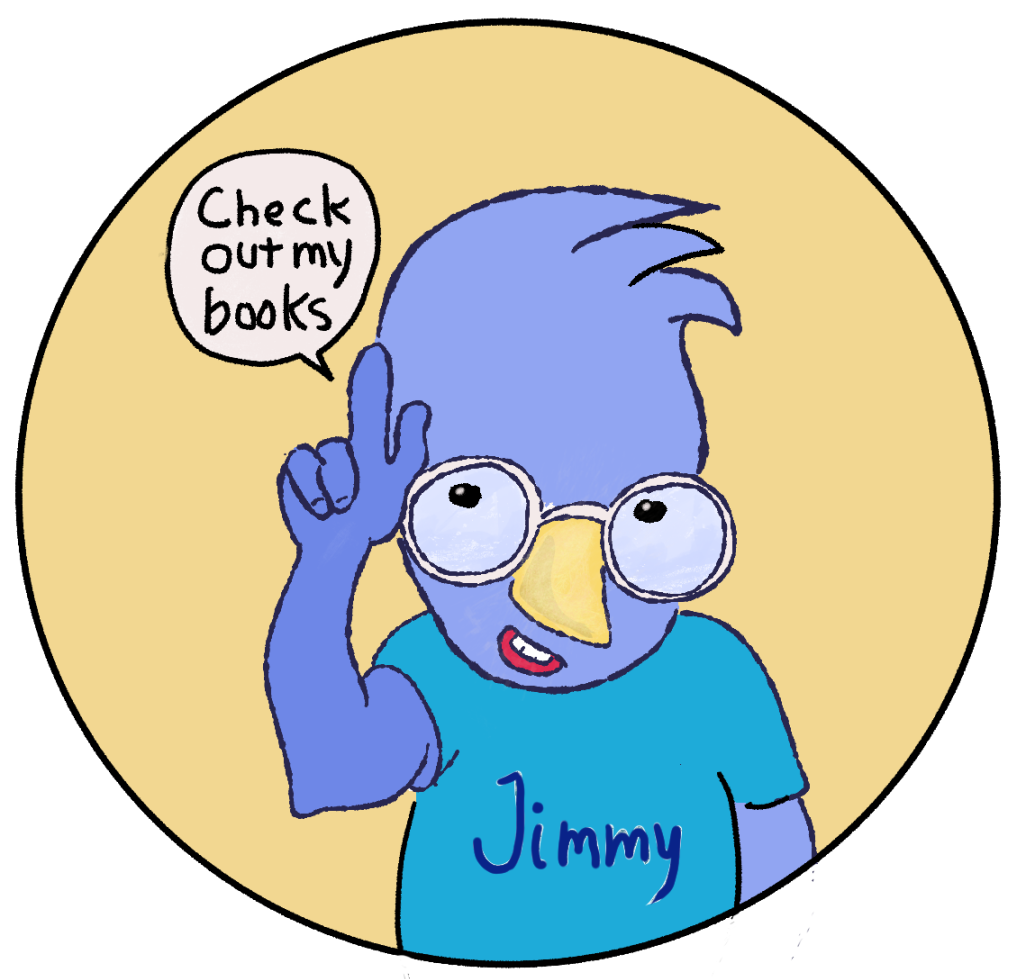Over the 18 months I’ve been working on this book, I’ve used several painting programs besides Clip Studio Paint — Krita, Photoshop, Procreate, and Rebelle. What I didn’t think about when I used those programs was getting the page size right. It didn’t occur to me that Clip Studio Paint EX can only combine pages into two-page spreads unless the pages are exactly the same size and resolution.
I’ve accumulated twenty pages with the wrong dimensions or resolution. Some pages were A4 size and 350 dpi, when they should have been 11.40x9.00 inches at 300 dpi. I spent the day changing nonconforming pages to exactly 11.40x 9.00 inches.at 300 dpi.
Some of the pages, like the example above couldn't be scaled without loosing content. I had to resize those files by scaling them up or down, resulting is some blank areas at the top and bottom. I first scaled the image to 11.40 inches wide, then changed the canvas size to 11.40x9.00 inches.
I’ll have to rework all of the pages that were imported at the wrong size. I could have avoided that extra work if I had been diligent about adhering to the project page size set in the StoryIP) -> Page Manager.
It’s been another live and learn day.






